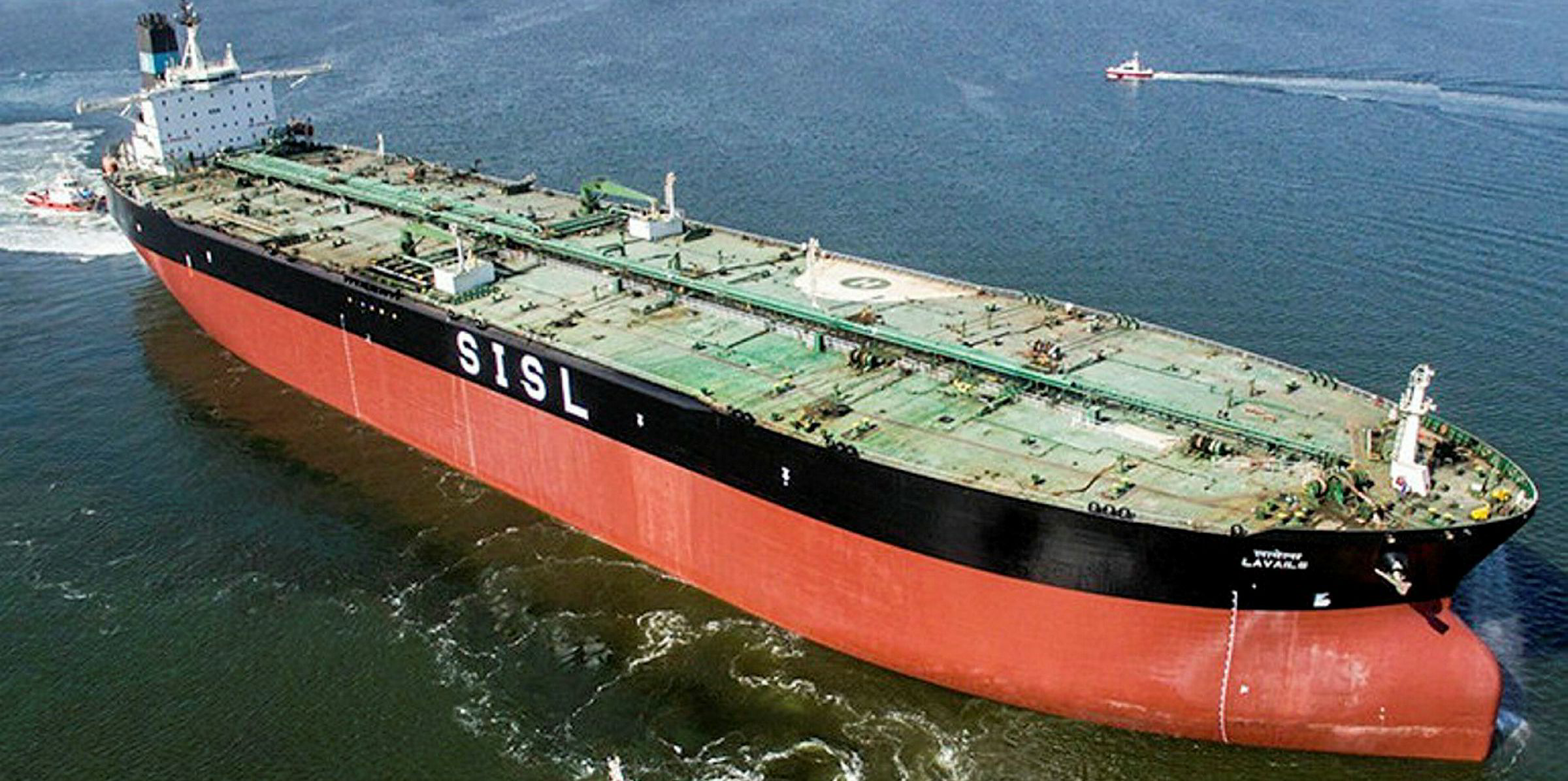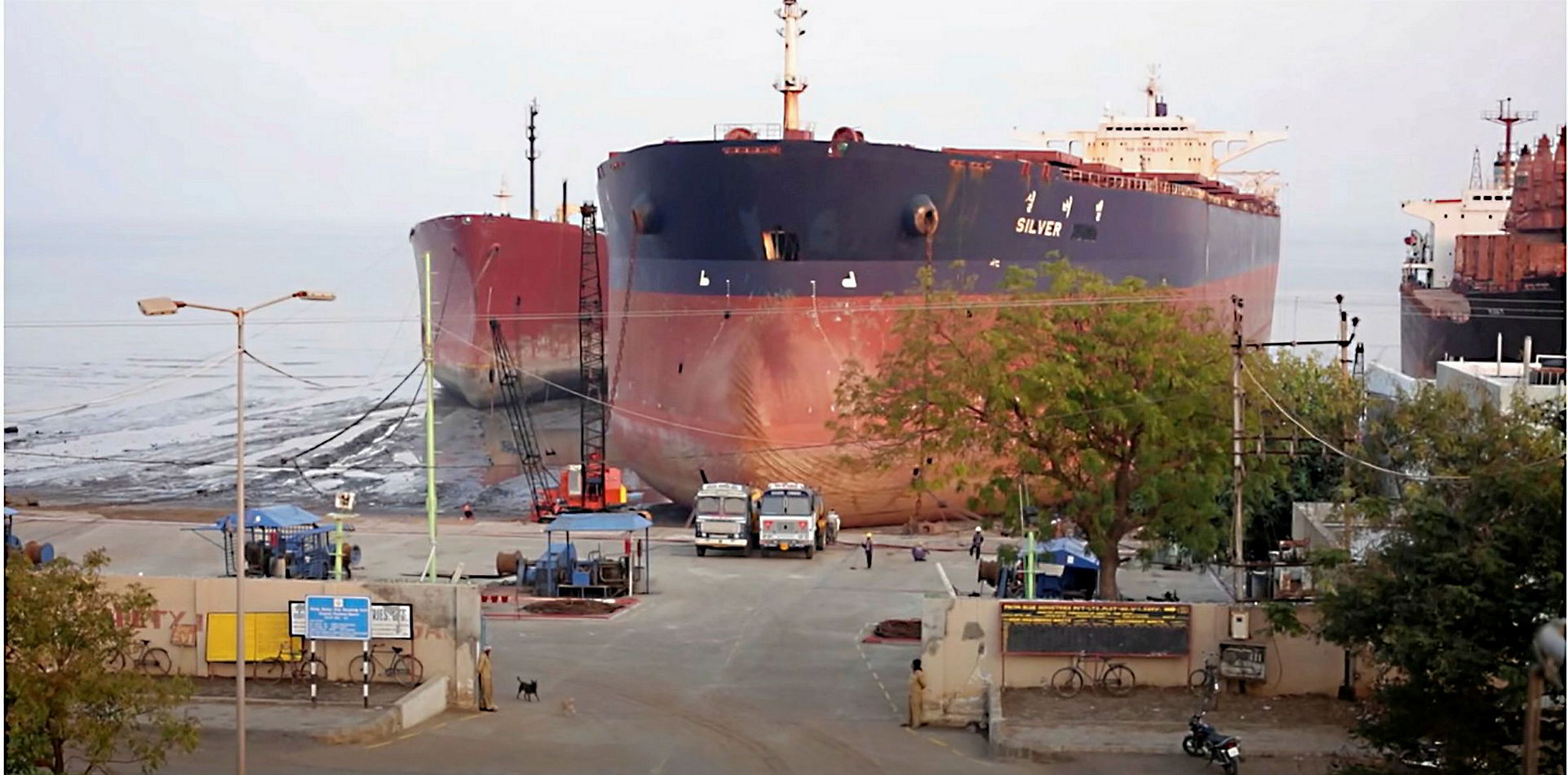Navig8 Group, one of the largest commercial managers in shipping, has forecast an imminent scrapping spree of tankers with weak charter rates and an ageing fleet profile.
Industry databases suggest recycle volume of crude and product carriers this year is turning out to be the lowest this century, with most shipowners holding on to their vintage assets.
But Navig8 research director Paul Marsh said “a wave of scrapping” is “right around the corner” amid bearish freight environments and recovering demolition rates.
“It will be the most surprising thing to me. If in the beginning of next year we are not seeing day after day ships going to the scrap yards.”
Figures from Poten & Partners show 120 VLCCs, 88 suezmaxes and 103 aframaxes will be 20 years old by the end of 2022.
Their owners are expected to decide on whether to scrap them or spend up to $3m on special surveys and the installation of ballast water treatment systems.
Falling period rates show the aged tankers are facing potentially weak returns in the coming quarters, so there is a large chance of their owners opting for demolition, Marsh suggested.
“Once we see the first ship that goes to the scrap yard, the rest will flow,” he said in a Bimco webinar on Wednesday.
Strong war chest
But Bimco chief shipping analyst Peter Sand said tanker owners are not under financial pressure to remove their capacity from trading permanently.
Despite the current market woes, most shipowners enjoyed strong cash flows earlier this year due to record-high freight rates.
“It’s a year of massive earnings for the full year for any tanker company. They have basically been putting money in the war chest,” Sand said.
In September, Bimco forecast that crude tanker demolition volume would reach 7.5m dwt and product tanker scrapping would hit 1m dwt in 2020.
Data from Clarksons Research shows that only 1.7m dwt of crude tankers and 600,000 dwt of product tankers have been scrapped so far this year.
Admitting that this year’s recycle volume will be below Bimco’s expectation, Sand said shipowners may be simply too “optimistic” on freight outlook after strong earnings earlier this year.
“That will simply make the decisions to scrap ships harder and push forward much further,” Sand added.
Increased vessel supply
With limited scrapping and continued newbuilding deliveries, Braemar ACM has expected the overall tanker fleet size to grow 4% in 2020.
The shipbroker estimates that the tanker capacity in trading actually falls by 3% this year, when yard delays, vessels tied up in floating storage, port congestions and sanctions are taken into account.
But Braemar expects the trend to reverse due to the return of those vessels, saying the “active” fleet will expand by up to 11% in 2021.
Many tanker operators remain optimistic over the long-term supply picture, with a historically low orderbook.

The total orderbook size for crude and product tankers accounts for less than 10% of existing fleet, Clarksons data suggests.
But the low ratio does not imply that tanker markets are "screaming for more tonnage”, Sand warned, adding that the supply-demand balance has significantly worsened over the past decade.
Total tanker capacity has grown by 44% since 2010 while seaborn oil trade expanded by just 14.9% in tonne-mile terms, according to Clarksons.
“The tanker fleet is capable of transporting so much more than the market needs,” Sand said.
Great uncertainty
Both analysts agreed that the overall winter market does not look promising as spot earnings remain in the doldrums.
Over the past few weeks, the Baltic Exchange’s indices for both clean and dirty tankers have stayed close to their all-time lows.
“Crude and product tankers…are all at loss-making levels,” Sand said.
Tanker demand has been depressed by a lack of cargo movements as refineries draw down their inventories, but most analysts have trouble estimating the pace of destocking due to oil demand uncertainty during the coronavirus pandemic.
“A great deal of uncertainty is in the market, and everything is possible for tankers right now,” Marsh said.
Latest monthly data showed commercial oil stocks in OECD countries fell by 20.7m barrels to 3.2bn barrels in August, still 227m barrels higher than the same time last year.
“Nobody really knows. Nobody really has a clue,” said Sand, referring to the oil demand picture.






